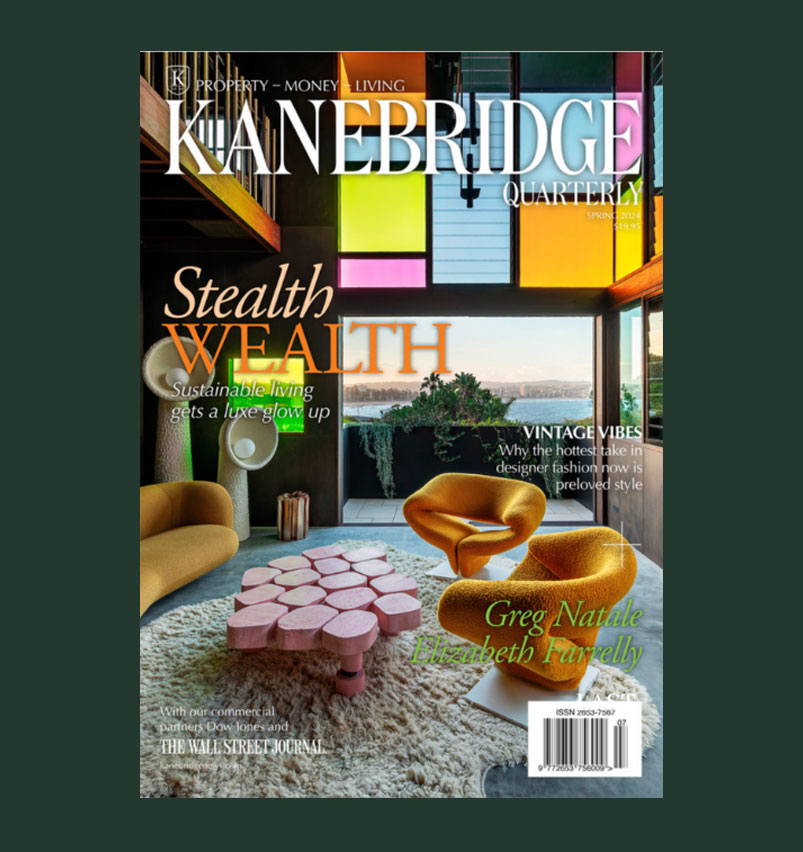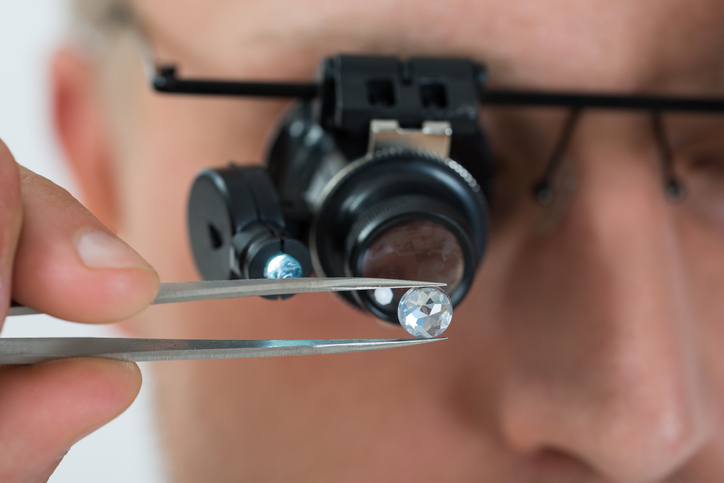Diamond Prices Regain Their Sparkle
Pent-up jewellery demand has lifted the gems’ valuations while online sales have grown.
Diamond prices have rebounded from a coronavirus-driven slump thanks to the reopening of some economies in Asia and strong jewellery sales around the world over the holiday period.
Polished diamond prices are up 5.1% from their lowest point in March, putting them at their highest level in nearly a year and a half, according to a gauge compiled by the International Diamond Exchange.
The pandemic dealt a big blow to the diamond industry last year, with every link in the supply chain—from Russian miners to India’s diamond cutters to luxury boutiques in New York—being closed or seeing activity curtailed.
But demand for diamond jewellery has been steadily recovering since retailers began reopening last summer in Asia, tentatively followed by elsewhere in the world, analysts said. With international vacations on ice and restaurants in many parts of the world still closed, wealthy individuals are buying diamonds with surprising voracity.
“This is the most bullish market for diamonds I have seen in probably a decade,” said Paul Zimnisky, founder of research firm Diamond Analytics.
Because diamonds come in a variety of shapes, sizes, colours and qualities, the industry lacks a benchmark price. But market watchers say both rough, mined diamonds and polished stones bought by consumers have seen their prices approach pre-pandemic levels.
A one-carat polished diamond of slightly above-average quality currently sells for US$5,900, Mr Zimnisky said. That is up 14% from a low point in April, while an equivalent rough diamond rose 18% in that time, he said.
Prices popped in December, thanks to strong holiday sales and pent-up demand that built during lockdowns. December is typically a strong time, with jewellery sales normally rising around 120% from November, said Edahn Golan, who runs an Israel-based diamond-market research firm. This year they jumped 160%, he said.
Still, the pandemic’s impact on jewellery sales hasn’t been uniform. Sales of diamond stud earrings saw the largest year-over-year growth of all jewellery categories in 2020, Mr Golan said, as the desire to look good in video calls boosted demand for adornments worn from the shoulders up.
The pandemic also pushed the industry to embrace new technology at a faster rate. Before lockdowns, retailers were sceptical that consumers would be prepared to buy expensive diamonds online. But strong take-up for internet offerings has helped diamond sales recover while modernizing some businesses.
“It has forced our industry to go to a place that we have been slow to get to,” said David Kellie, CEO of the Natural Diamond Council.
The diamond market has fewer gauges of global demand than other, more widely traded commodities, presenting special challenges for analysts.
Google searches for “diamond ring” in the U.S., the country that accounts for around 50% of the world’s diamond consumption, can be a good proxy, said Kirill Chuyko, head of research and mining analyst at Russian brokerage BCS Global Markets. Searches for the term slumped in March but have since recovered to prior levels.
With central banks slashing interest rates to stimulate economies—and some taking rates into negative territory—diamonds are also getting a lift as wealthy individuals opt to put their money into real assets rather than pay a bank to hold it.
Amma Group, an investment house specializing in coloured diamonds, has seen an increase in the number of its clients who would rather take their earnings in the form of physical diamonds than in cash, to protect their wealth from negative interest rates, said Mahyar Makhzani, the group’s co-founder.
The group, which is set to launch its fifth fund later this year, pools investors’ money to buy some of the rarest coloured diamonds at auctions or from individuals and miners. It then holds or sells the diamonds for a higher price, using the profits to buy other stones that it predicts will go up in value. After a set period, the fund sells its diamonds and returns the money to investors.
“There are not more than 100 red diamonds in the world,” Mr Makhzani said. “It’s like owning a Picasso: You know he isn’t going to be making any more.”
Rising demand has also allowed diamond miners to raise prices on the rough diamonds they sell to manufacturers. Russia’s Alrosa raised prices in January while Anglo American’s De Beers is widely believed to have raised its prices for the first time since the pandemic, analysts said. The company doesn’t publicly disclose its prices.
Despite the incentive, the diamond-mining giants are likely to keep supply tightly controlled to maintain higher prices, Mr Chuyko said.
The strength of diamond demand was a rare tailwind for luxury brands during a difficult 2020. LVMH Moët Hennessy Louis Vuitton SE, which last month completed its acquisition of jeweller Tiffany & Co., said recently that jewellery sales were a bright spot in the fourth quarter. Compagnie Financière Richemont SA, which houses jewellery brands Cartier, Van Cleef & Arpels and Buccellati, said jewellery sales were its best performing sector in the final three months of 2020.
Some analysts are sceptical, however, that diamond prices can keep rising. As economies reopen and international travel resumes, the diamond industry will face renewed competition, particularly among the younger consumers it has been seeking to attract, Mr Chuyko said.
“A diamond ring will get you one or two pictures on Instagram,” he said. “But if you go on holiday to Spain you might get 10 pictures per day.”
 Copyright 2020, Dow Jones & Company, Inc. All Rights Reserved Worldwide. LEARN MORE
Copyright 2020, Dow Jones & Company, Inc. All Rights Reserved Worldwide. LEARN MORE
This stylish family home combines a classic palette and finishes with a flexible floorplan
Just 55 minutes from Sydney, make this your creative getaway located in the majestic Hawkesbury region.
More than one fifth of Australians are cutting back on the number of people they socialise with
Australian social circles are shrinking as more people look for ways to keep a lid on spending, a new survey has found.
New research from Finder found more than one fifth of respondents had dropped a friend or reduced their social circle because they were unable to afford the same levels of social activity. The survey questioned 1,041 people about how increasing concerns about affordability were affecting their social lives. The results showed 6 percent had cut ties with a friend, 16 percent were going out with fewer people and 26 percent were going to fewer events.
Expensive events such as hens’ parties and weddings were among the activities people were looking to avoid, indicating younger people were those most feeling the brunt of cost of living pressures. According to Canstar, the average cost of a wedding in NSW was between $37,108 to $41,245 and marginally lower in Victoria at $36, 358 to $37,430.
But not all age groups are curbing their social circle. While the survey found that 10 percent of Gen Z respondents had cut off a friend, only 2 percent of Baby Boomers had done similar.
Money expert at Finder, Rebecca Pike, said many had no choice but to prioritise necessities like bills over discretionary activities.
“Unfortunately, for some, social activities have become a luxury they can no longer afford,” she said.
This stylish family home combines a classic palette and finishes with a flexible floorplan
Just 55 minutes from Sydney, make this your creative getaway located in the majestic Hawkesbury region.






















